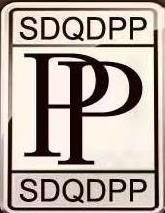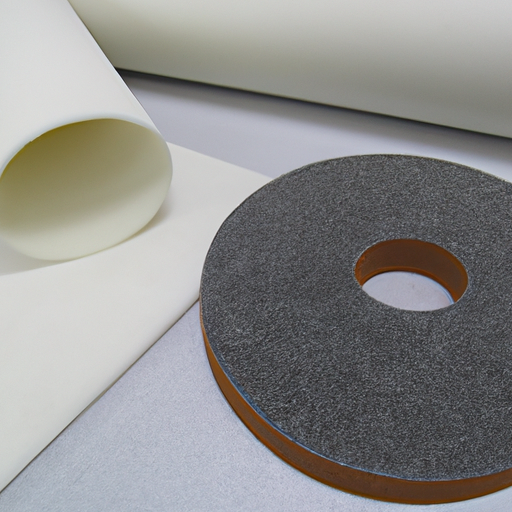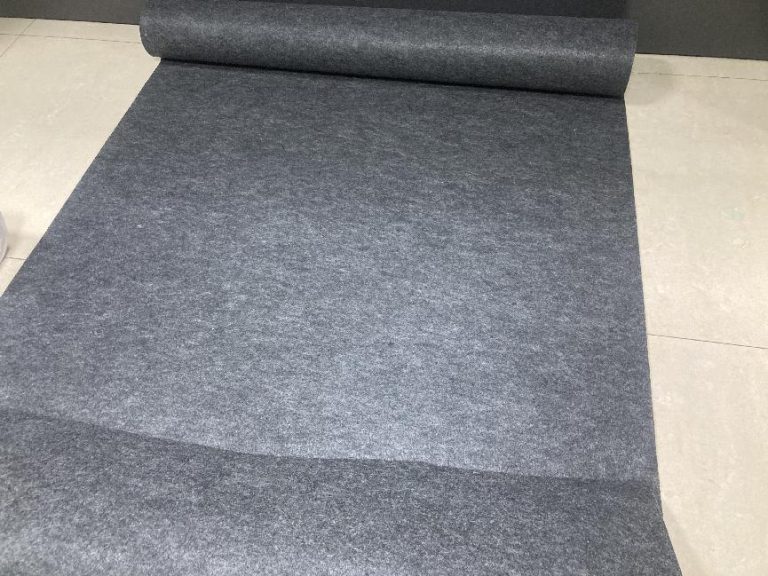How to Choose the Right Laminated Wool Felt for Your Project
When it comes to selecting the right laminated wool felt for your project, there are a few key factors to consider. First, you should consider the type of project you are working on. Different types of projects require different types of felt. For example, if you are creating a quilt, you will need a thicker, more durable felt than if you are making a stuffed animal.
Next, you should consider the weight of the felt. Laminated wool felt comes in a variety of weights, ranging from lightweight to heavy-duty. The weight of the felt will determine how much support it provides and how well it holds its shape.
Finally, you should consider the color of the felt. Laminated wool felt comes in a variety of colors, so you can choose the one that best suits your project. You should also consider the texture of the felt. Some felt is smooth and soft, while others are more coarse and stiff.
By taking the time to consider these factors, you can ensure that you select the right laminated wool felt for your project. With the right felt, you can create a beautiful and durable project that will last for years to come.
The Benefits of Using White Felt for Crafting and Sewing
White felt is a versatile material that is often used for crafting and sewing projects. It is a popular choice for many crafters and sewers due to its many benefits.
One of the main benefits of using white felt is its durability. White felt is made from a blend of wool and synthetic fibers, making it strong and long-lasting. This makes it ideal for projects that require a material that can withstand wear and tear. It is also resistant to fading, so it will retain its color over time.
White felt is also easy to work with. It is lightweight and flexible, making it easy to cut and shape into whatever design you need. It is also easy to sew, as it does not fray or unravel. This makes it a great choice for projects that require intricate details.
White felt is also cost-effective. It is a relatively inexpensive material, making it a great choice for those on a budget. It is also widely available, so it is easy to find in most craft stores.
White felt is also versatile. It can be used for a variety of projects, from costumes to home decor. It can also be dyed or painted to create unique designs.
Overall, white felt is an excellent choice for crafting and sewing projects. It is durable, easy to work with, cost-effective, and versatile. It is a great choice for those looking for a material that can be used for a variety of projects.
Tips for Working with Adhesive Roll Pads for Crafting and Sewing Projects
1. Read the instructions on the adhesive roll pad packaging carefully before beginning your project. Make sure you understand the product’s specifications and how to use it properly.
2. Test the adhesive roll pad on a scrap piece of fabric or paper before applying it to your project. This will help you determine the best way to use the product and ensure that it will adhere properly.
3. Make sure the surface you are applying the adhesive roll pad to is clean and dry. Any dirt or moisture can affect the adhesive’s ability to stick.
4. Use a ruler or other straight edge to ensure that the adhesive roll pad is applied in a straight line. This will help you achieve a professional-looking finish.
5. Use a craft knife or scissors to cut the adhesive roll pad to the desired size and shape. Be sure to use a cutting mat or other protective surface to avoid damaging your work surface.
6. When applying the adhesive roll pad, press firmly and evenly to ensure that it adheres properly.
7. Allow the adhesive roll pad to dry completely before handling or using the project. This will help ensure that the adhesive is secure and will not come off.
8. Store the adhesive roll pad in a cool, dry place when not in use. This will help extend its shelf life and ensure that it is ready for your next project.


